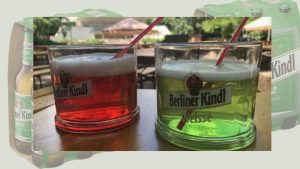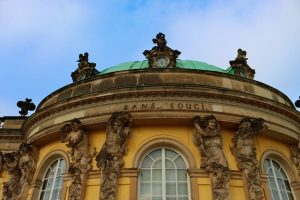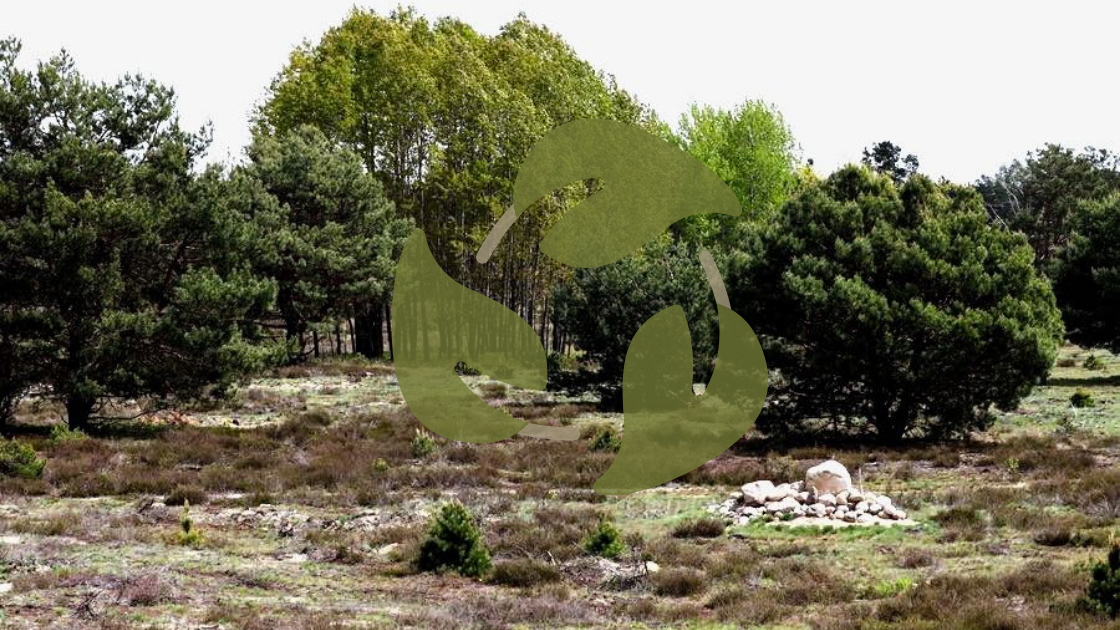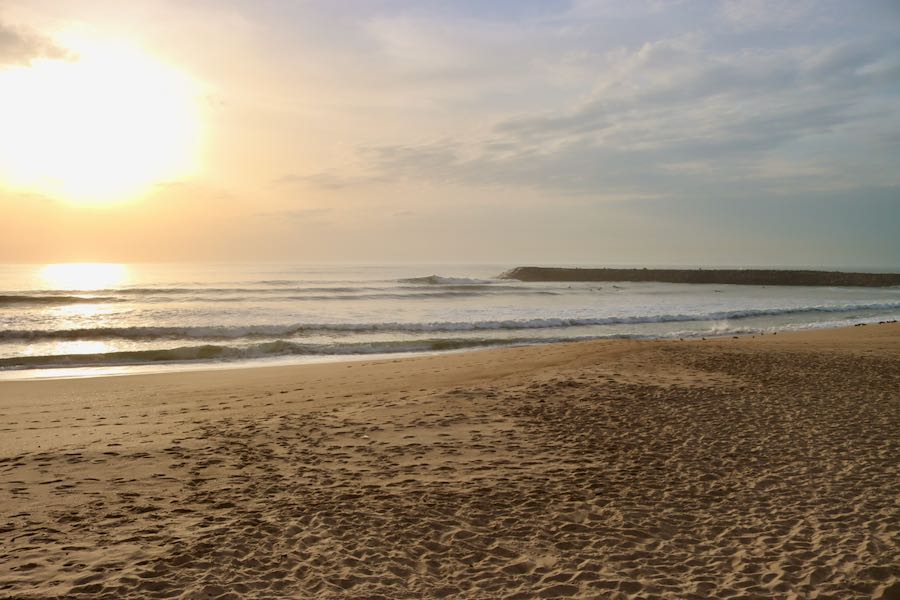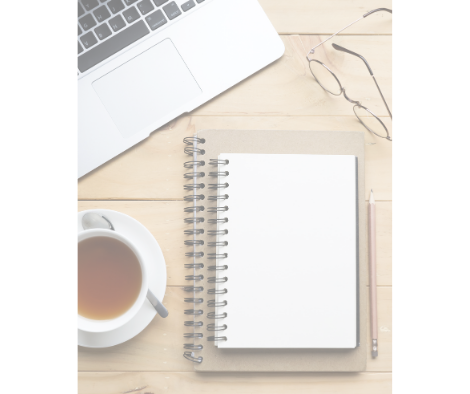At 1316 meters long, the East Side Gallery on the banks of the River Spree in Friedrichshain is not only the longest open-air gallery in the world but also the longest continuous part of the Berlin Wall that still exists.
This is because shortly after the fall of the Berlin Wall that divided the city, artists from all over the world came to leave their recorded works in the East Side Gallery. It was officially opened on September 28, 1990.
As a responsible traveller, the best way to explore this piece of Berlin’s history is on foot or by bicycle. The cars and tourist buses parked along the wall pollute the place in every way.
East Side Gallery: 1.3 kilometers of history and art
The best-preserved piece of the Berlin Wall, located between Ostbahnhof and Oberbaumbrücke, is known worldwide as the East Side Gallery.
After the Wall came down, 118 artists from 21 countries stamped 1.3 kilometers of the former border and turned it into the longest open-air gallery in the world. The East Side Gallery is a symbol of joy at the end of the division of Germany and a historical reminder of the inhumanity of the GDR border regime. Today it is one of Berlin’s most popular tourist attractions.
Outdoors, the East Side Gallery is completely exposed to the weather, which means that there are regular efforts to restore it. In 1996, Kani Alavi founded the East Side Gallery e. V., an artists’ initiative to preserve and restore the works. By 2000, a 300-meter stretch of the wall had been restored and 33 paintings repainted, and in 2009 the entire East Side Gallery was restored. In November 2018, the State of Berlin transferred the East Side Gallery to the ownership of the Stiftung Berliner Mauer (SBM), which is responsible for preserving the monument.
Check out 5 iconic panels at the East Side Gallery!
1. The Trabant that goes through the wall
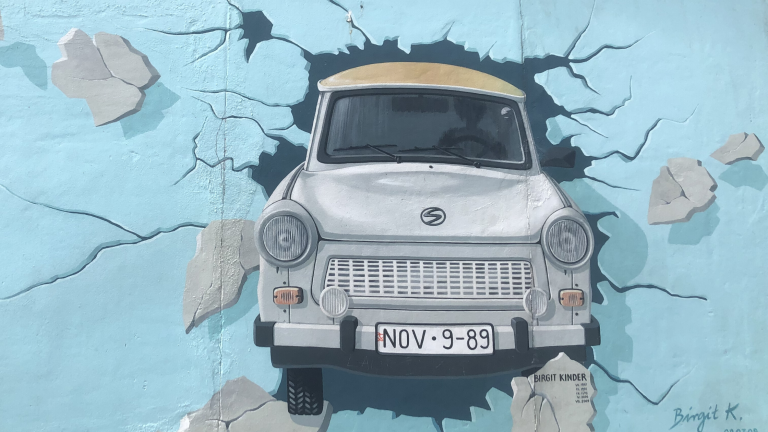
This iconic mural, painted by Birgit Kinder, shows a Trabant car crossing the Berlin Wall. The Trabant – ubiquitous in the German Democratic Republic – is seen as a symbol of former East Germany and the collapse of the Eastern Bloc. The painting is a nod both to this popular car and to the many East Germans who tried to escape over the Berlin Wall.
2. Thierry Noir’s cartoon heads
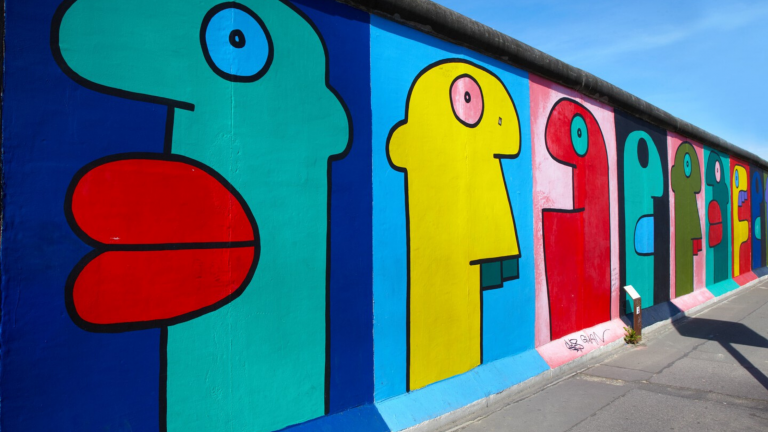
Thierry Noir’s Cartoon Heads
Known for his signature colourful cartoon heads, French artist Thierry Noir is famous for being the first person to paint on the Berlin Wall. For five years during the 1980s, Noir illegally painted the western side of the Berlin Wall with bold images and caricatures of animals and human faces, evading police and border guards. Partly due to this dangerous environment and his consequent need for speed, his murals feature few colours and avoid complex figures.
3. 'Thank you, Andrei Sakharov
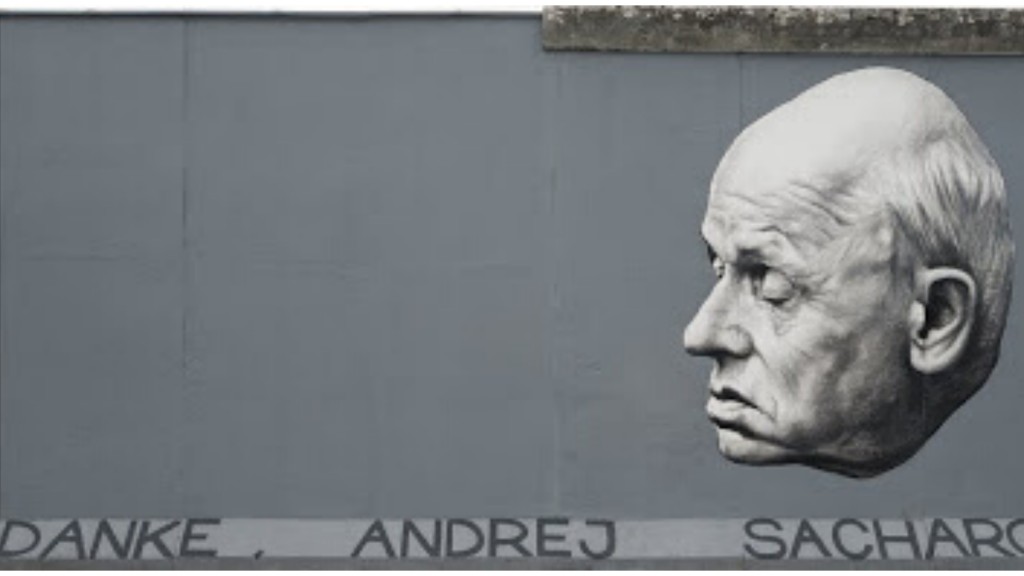
Entitled “Thank you Andrei Sakharov, (“Danke, Andrei Sakharov”), this simple portrait was painted by Dmitri Vrubel and Viktoria Timofeeva in honor of Soviet nuclear physicist, dissident, and human rights activist Andrei Sakharov. Having worked to design thermonuclear weapons for the Soviet Union, Sakharov later became an advocate for civil liberties and civil reform, facing state persecution for his activism. These efforts earned him the Nobel Peace Prize in 1975. He died in 1989, just a few weeks after the fall of the Wall.
4. Der Mauerspringer - The Wall Jumper
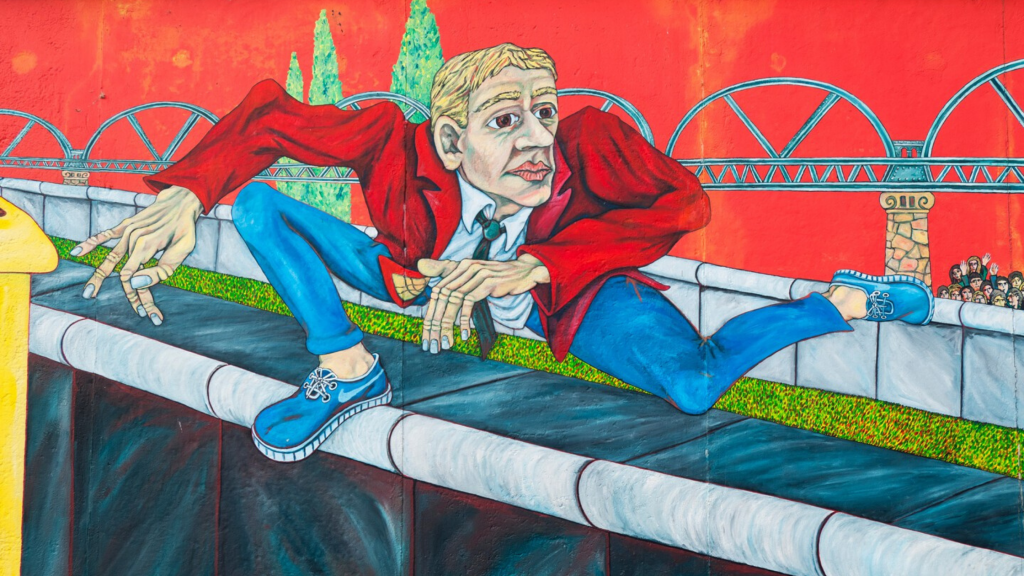
This mural, entitled “Der Mauerspringer” (The Wall Jumper), was painted by Gabriel Heimler in 1989 and later restored in 2009. The wall jumper is not, as is often assumed, an East German refugee trying to escape to the West, but rather a West German jumping to the East in a symbolic gesture of freedom.
5. Fraternal Kiss
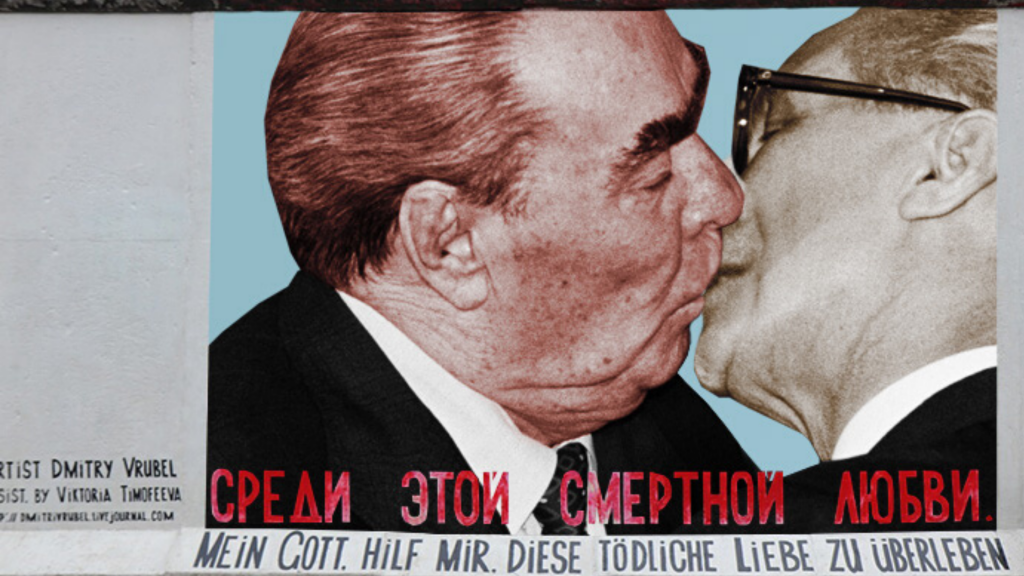
Russian artist Dmitri Vrubel’s “My God, Help Me to Survive This Deadly Love’,” commonly known as “Fraternal Kiss,” depicts the famous embrace between Soviet leader Leonid Brezhnev and East German President Erich Honecker on the 30th anniversary of the creation of the German Democratic Republic in 1979. In March 2009, after the artwork deteriorated as a result of vandalism and weather conditions, the painting was erased from the Wall and Vrubel was commissioned to repaint the piece.
top tip
The East Side Gallery was painted on the west side of the wall, because the wall always used to get graffiti from the west. People from the east never graffitied the wall. For that reason when the wall came down, the artists wanted to paint the east side.
Open 24 hours a day all year round. Free Admission
Curiosity of the East Side Gallery
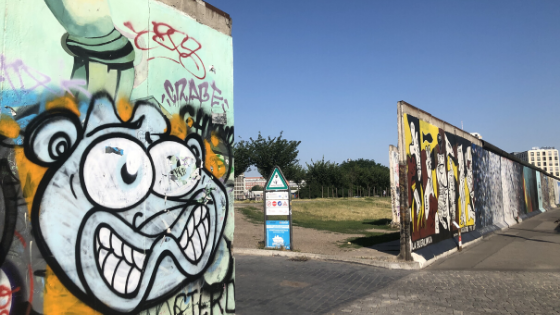
Visitors to the East Side Gallery may find it strange that parts of the wall are parallel. This is because the area is highly valued and there is always construction going on. Therefore, the people responsible for the works remove the part of the wall and put it in other places.


